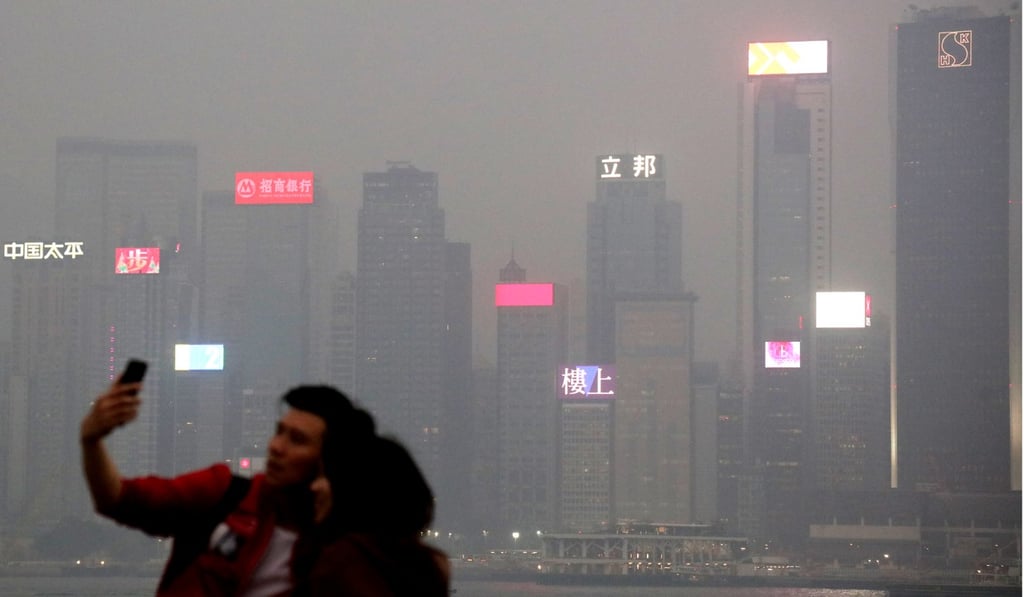Exclusive | Air pollution levels in your street revealed with new Hong Kong app PRAISE-HK
New system can call on data down to individual street levels and advise users through real-time colour-mapping on areas to avoid

As red, orange and yellow blobs move across the screen of his device, he says: “The pollution tomorrow afternoon will be quite bad. Ozone will be high and most of it will be coming from mainland China this time.”

His forecast proves correct. The following day, from 3pm, high to very-high health risk readings across the city are recorded on the government’s air quality health index (AQHI).
The most affected districts are in the northern or westernmost reaches, such as Yuen Long, Tuen Mun and Tung Chung. The pollution is attributed to the subsiding air that typhoons bring, which creates hot, windless conditions that make it difficult for pollutants to disperse.